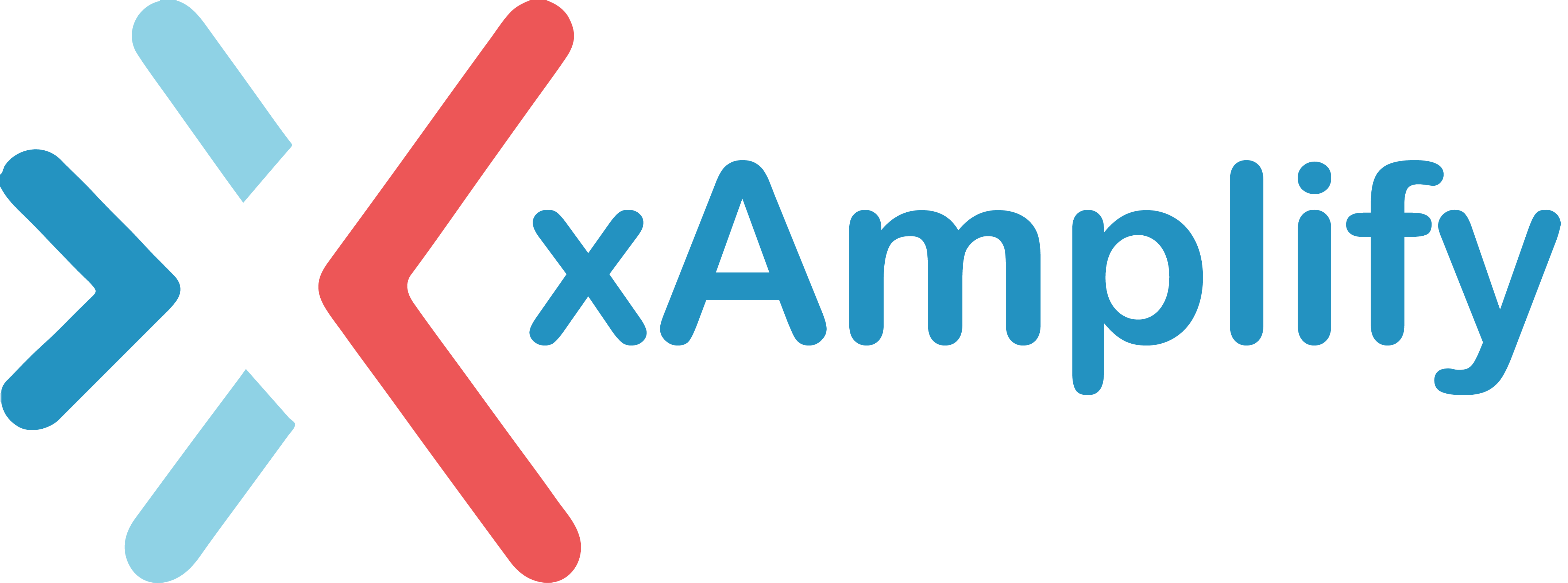In today’s automated, tech-driven world, channel marketing has remained one of the last holdouts due to its continued dependence on manual labor. The concept of a manufacturer leveraging distribution channels for indirect sales is age-old, but the actual process of equipping and supporting those channel partners with simple, actionable strategy has scarcely evolved over the decades.
Well, until now. New software platforms have begun to prioritize the partner journey, and it’s about time. If you’re a vendor or manufacturer, partners are the key you’ve been searching for.
And with this emergence of tech to combat antiquated channel sales methods, automation has finally caught up to the partner problem. Now it’s time for you to adopt these digital solutions and get your idle distribution channels moving. Prioritizing partners is the greatest channel marketing strategy you could dream up, and here’s why:
- Making partners a priority is tangible, actionable, and straightforward, rather than conceptual.
- When partners are a priority, more of them will participate in your co-marketing initiatives.
- When partner participation increases, your reach, visibility, and revenue increase too.
3 pillars of a good channel marketing strategy
If you’re a vendor company that relies on distributors or resellers, you know all too well the pain points of getting a channel program off the ground. Whether you’re a company that sees channel partners as a critical move in scaling your brand, or you started building a partner program into your sales infrastructure at the very start, the story is the same.
You need to provide sales enablement tools and initiate co-branding opportunities in a way that makes it easy for your distribution channels to redistribute.
So, for starters, you must:
1) Develop your channel marketing strategy with your partners in mind.
Because they’re the ones you’ll be relying on to deliver it, remember? This may seem obvious, but it’s incredibly common for vendors to forget the needs of their channel partners in achieving success. They expect channel partners to, indeed, do all that old-school manual labor. The truth is, 80% of them won’t.
So don’t retroactively build your partners into your plan. Instead, plan to meet their needs and requirements during your initial blueprint phase, so you’re always keeping them engaged and they feel they were always part of the plan—not an afterthought. This will take more manual labor on your part (unless you’re ready to adopt a platform that takes the heavy lifting off your hands) but absorbing some of that hard work on the front end can have exponential results for your distribution channels.
2) Provide marketing collateral via a platform that makes co-branding and redistribution easy.
In an attempt to assuage as much manual labor as possible, the widely accepted approach to channel marketing has been for vendors to adopt a partner portal or PRM. It’s likely you already have one of these, so you’re familiar with using such a platform to drop off your branded content—like design assets, data sheets, price lists, landing pages, infographics, etc—then let your channel partners know it’s there and expect them to come collect, co-brand, repurpose, and redistribute all on their own.
While this removes some of the manual labor for you, it’s not doing much for your partners. And it’s been this way for decades. (Hence why we said in the intro that this evolution has been slow and scarce.) The most recent SaaS technology available truly battles this issue by bridging the labor gap between you and that 80% of your partners who can’t or won’t do all the work you’re expecting.
3) Incentivize and reward your highly active distribution channels.
As your partner program grows, there will be varying degrees of partner engagement and you’ll want to prioritize those most engaged by incentivizing them with MDF and SPIFs. But again, today’s most common channel marketing approach requires the partner to proactively use the partner portal or PRM to retrieve collateral and generate campaigns on their own.
So aside from remaining a manual and time consuming process, this approach makes it nearly impossible for you to determine which partners are truly engaging. There are no metrics tracking who’s doing what, making MDF management a blind undertaking.
Engage your channel partners with today’s tools
Fortunately, according to Forrester, there’s been an evolution in technology to assist today’s vendors and manufacturers with their distribution channels. These through-channel marketing automation platforms are considered the “third stage” (in other words, the future) of digital marketing. But like most solutions, not all are created equal.
When your channel marketing team is ready to adopt a more modern and intuitive platform, be sure to search for TCMA tools that truly automate old processes and deliver your messaging with ease through partners and onward to their pipeline. The ideal solution will make it simple for both you and your partners, and will empower you to effortlessly deliver consistent, co-branded campaigns while providing insight into your partners’ activity.

